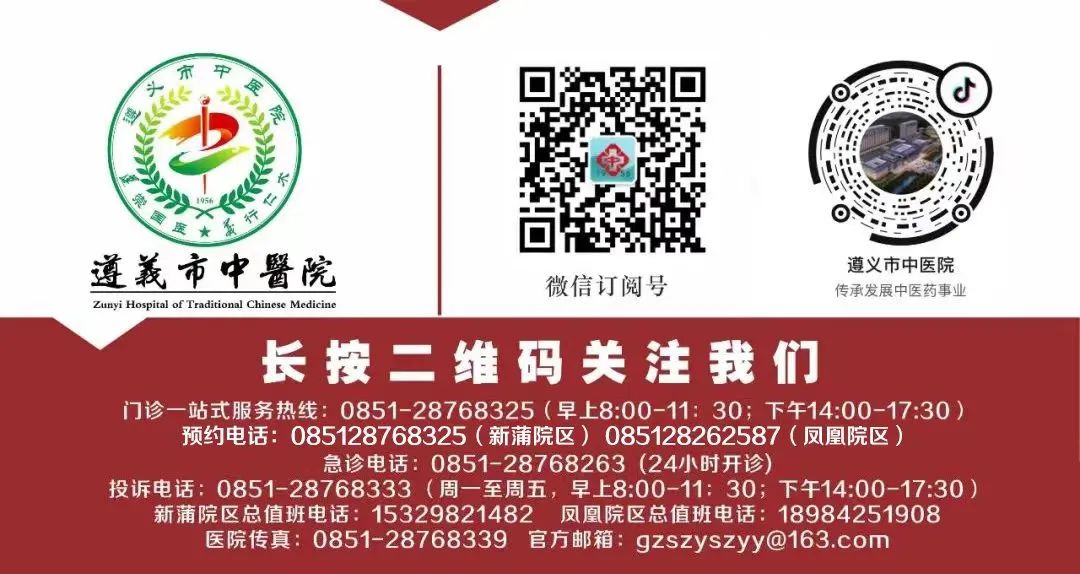Introduction: The seven emotions, namely joy, anger, worry, thought, sadness, fear, and shock, represent variations in human emotional states. “Humans are not grass or trees; who can be without feelings?” This indicates that everyone experiences different emotional changes when facing various situations, which can be summarized as the seven emotions. Normal expressions of these emotions can facilitate communication and convey feelings without altering physiological conditions or causing disease.However, under special circumstances such as excessive emotional responses, strong or prolonged mental stimuli that exceed an individual’s adaptive capacity can affect organ function or lead to imbalances in qi and blood, making the seven emotions a potential cause of disease, known as emotional-induced illness. The Su Wen states, “Worry, fear, sadness, joy, and anger can lead to illness if not properly managed,” which illustrates this principle. Conversely, moderate stimulation of the seven emotions can correct excessive emotional responses and even cure diseases. The Ben Cao Jing Shu states, “Using knowledge to guide knowledge, and reason to guide emotion, is to treat the heart’s ailments with heart medicine.”In this context, the author will introduce the characteristics of emotional-induced illness and techniques for treating diseases through emotions, hoping to guide everyone towards benefiting from health preservation and longevity.
Conversely, moderate stimulation of the seven emotions can correct excessive emotional responses and even cure diseases. The Ben Cao Jing Shu states, “Using knowledge to guide knowledge, and reason to guide emotion, is to treat the heart’s ailments with heart medicine.”In this context, the author will introduce the characteristics of emotional-induced illness and techniques for treating diseases through emotions, hoping to guide everyone towards benefiting from health preservation and longevity.
1. Anger as a Cause of Disease
The Huang Di Nei Jing (Yellow Emperor’s Inner Canon) is a classic text in TCM that records, “The liver is associated with anger,” indicating a close relationship between emotional changes—anger and the liver. Anger corresponds to the liver, and conversely, anger can harm the liver. The text also states, “Excessive anger harms yin,” indicating that excessive anger can damage yin fluids and blood, leading to imbalances in the body’s yin and yang, resulting in disease. It further notes, “Anger causes qi to rise,” and “Great anger leads to qi stagnation, causing blood to rise and resulting in fainting,” which describes the mechanisms of disease and clinical manifestations.
In essence, excessive anger can lead to dysfunction in the liver’s ability to regulate qi, causing it to rise and disrupt the flow of blood, obscuring the clear orifices and resulting in fainting. In simpler terms, a person who is excessively angry may turn red in the face, lose rational control, and exhibit erratic behavior, potentially leading to fainting, coma, or even death.The well-known historical example of Zhuge Liang dying of anger over Zhou Yu fits this description.
2. Treating Disease with Anger
“Using emotion to treat emotion” and “overcoming emotion with emotion” is a modern psychological therapy that has ancient roots in TCM, referred to as “yi liao” (intent therapy). Psychological treatment is essential, especially for emotional and mental disorders, and often yields better results than medicinal treatments.
The Huang Di Nei Jing states, “Anger harms the liver, while sadness overcomes anger,” utilizing the five elements’ theory of generation and overcoming to guide the treatment of emotional disorders. This is the commonly used method of emotional counteraction therapy.
The theoretical basis for “sadness overcoming anger” lies in TCM’s five-element theory, where anger corresponds to the liver (wood) and sadness corresponds to the lungs (metal). The relationship of generation and overcoming in the five elements indicates that metal overcomes wood, thus leading to “sadness overcoming anger” to achieve the goal of “when sad, qi dissipates.”
When a person is angry, inducing a state of sadness can help alleviate excessive anger. For instance, listening to melancholic music can help calm heightened emotions, allowing the rising qi to descend. Listening to the poignant piece “Er Quan Ying Yue” or recalling past sorrows can gradually reduce anger, harmonize qi and blood, balance the organs, stabilize yin and yang, and restore mental well-being, ultimately promoting health and longevity.
Note: This article references various literature and online resources for educational and academic exchange purposes. All rights belong to the respective owners. If there are any issues with usage, please contact for removal.
Contributed by: Endocrinology Department, Yan XingmaoReviewed by: Zhu GuangwenSecond Review: Liu YiweiThird Review: Wang Qixian


